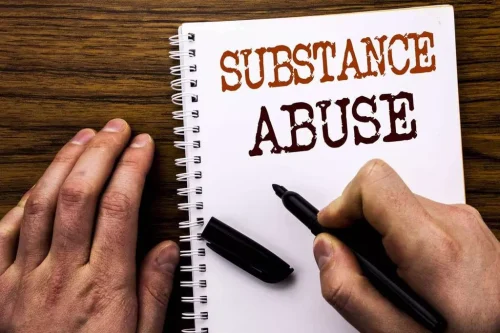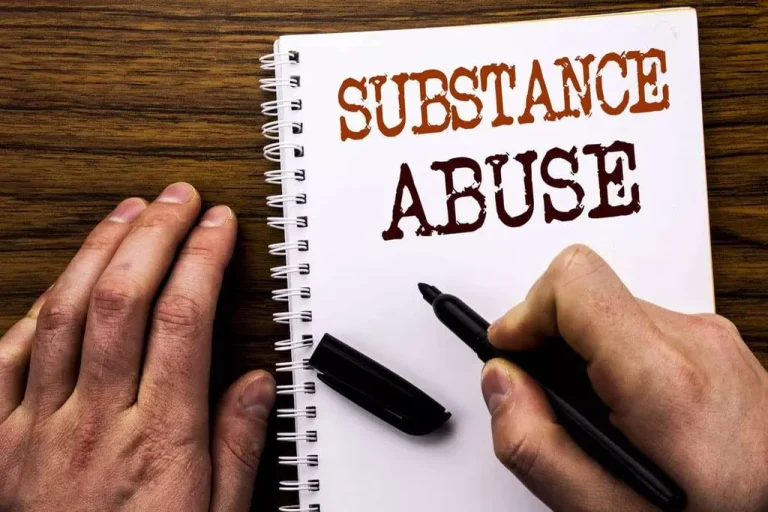
12-Step Programs – Alcoholics Anonymous (AA) and similar 12-step programs offer a structured framework for individuals to connect with others with firsthand experience managing alcohol addiction. It can be beneficial to hear the experiences of others who have been there and to have a community for support and accountability. In an extensive review of research, scientists found genes play a clinically significant role in a person developing addiction. While genetics alone don’t determine one’s fate, biological and family history can greatly contribute to an individual’s vulnerability to addiction. Medically managed withdrawal or detoxification can be safely carried out under medical guidance.

Why Do Some People Struggle With Alcohol Addiction and Others Don’t?
- The less alcohol you drink, the lower your risk for these health effects, including several types of cancer.
- Mostly, these cases are temporary and don’t cause life-long problems.
- One drink is one 12-ounce bottle of beer (4.5 percent alcohol), or one 5-ounce glass of wine (12.9 percent alcohol), or 1.5 ounces of 80-proof distilled spirit, like whiskey or gin.
- If you have a history of withdrawal symptoms, see a health professional before quitting.
After detoxification, many people with alcohol disorders need some form of long-term support or counseling to remain sober. Recovery programs focus on teaching a person with alcoholism about the disease, its risks, and ways to cope with life’s usual stresses without turning to alcohol. Psychotherapy may help a person understand the influences that trigger drinking. Many patients benefit from self-help groups such as Alcoholics Anonymous (AA), Rational Recovery or SMART (Self Management and Recovery Training). Alcohol misuse refers to drinking in a manner, situation, amount, or frequency that could cause harm to the person who drinks or to those around them.
- Often, AUD causes other problems that you try to avoid by drinking.
- People should note that some support groups can be stigmatizing for certain individuals, and can adversely impact a treatment plan or progress towards recovery.
- Excessive drinking is defined as 15 drinks or more a week for men and eight drinks or more a week for women.
- The risk of harm typically increases as the amount of alcohol consumed increases.
- It can also cause people to experience withdrawal symptoms if they discontinue alcohol use.
Other chronic diseases
Alcohol misuse—which includes binge drinking and heavy alcohol use—over time increases the risk of alcohol use disorder (AUD). The health problems that accompany alcohol abuse often mean a lot more appointments with health professionals than would otherwise be necessary. Other names for AUD include alcohol misuse, alcohol dependence, long term alcohol misuse may cause alcohol addiction, and alcoholism. Risk factors for developing AUD include a family history of alcohol misuse, mental health conditions, and starting alcohol use at a young age. Yale Medicine’s approach to alcohol use disorder is evidence-based, integrated, and individualized.
- However, even a mild disorder can escalate and lead to serious problems, so early treatment is important.
- However, the consequences of their drinking, including the harm they caused when drunk, are their responsibility.
- The reaction you get may range from angry and bitter to sad and remorseful.
- It’s important to recognize warning signs and seek help if you’re concerned about having a relapse.
- The second is a medicine to reduce any urge you may have to drink.
Alcohol Use Disorder: Symptoms, Treatment & Screening
Mostly, these cases are temporary and don’t cause life-long problems. However, severe alcohol use https://ecosoberhouse.com/ disorders can be problematic for your whole life. Binge drinking and regular long-term excessive drinking can hurt your health. It can lead to some severe health issues, such as heart problems, digestive issues, and sexual dysfunction.
People are typically more motivated to seek support for their alcohol abuse after a very negative event occurs. This is often referred to as a ‘rock bottom’ experience, which refers to the low point of negative consequences one undergoes as a result of their drinking. Everyone moves through life and accepts change differently, including the decision to stop or cut down on drinking. For people who have alcohol use disorder, stopping their drinking is an important first step.
The study found other things also affected whether people got quality alcohol screenings. Black, Latino, and other ethnic groups who had a high school education or less and who were on Medicare or Medicaid were also less likely to get the more detailed screenings. This means people in these groups could be missing out on key preventive care and treatment.
- A person with alcohol use disorder has come to rely on alcohol physically, psychologically and/or emotionally.
- Theories suggest that for certain people drinking has a different and stronger impact that can lead to alcohol use disorder.
- The journey of navigating Alcohol Use Disorder is a complex and challenging one, both for the people experiencing it and those who love them.
- Friends gather for after-work drinks, spouses have cocktails together for “date nights” or some may just be in the habit of ending the day with a beer or a glass of wine—or two—or more.
- As soon as you realize that you or a loved one may be edging too close to alcohol dependency, you should seek medical help.
- Groups such as Alcoholics Anonymous (AA) provide support for people who are recovering.

The following are some questions people frequently ask about alcohol use and its effects. In the United States, organizations consider a “standard drink” to be about 0.6 fluid ounces (oz), or 14 grams, of pure ethanol or alcohol. The following table shows how this equates to some common types of drinks. More information about alcohol and cancer risk is available in the Surgeon General’s advisory. Some therapists use the harm reduction model, which focuses on decreasing drinking instead of complete sobriety. This is not a good fit for everyone, but it might be worth discussing with your therapist if you’re not ready to give up drinking entirely but want to make a change.

It is well established that alcohol misuse—including binge drinking and heavy alcohol use—increases the risk of many short- and long-term consequences. These consequences range from accidental injuries to worsened mental and physical health conditions to death. The risk of harm typically increases as the amount of alcohol consumed increases. AUD is a medical condition characterized by an impaired ability to stop or control alcohol use despite adverse social, occupational, or health Drug rehabilitation consequences. It encompasses the conditions that some people refer to as alcohol abuse, alcohol dependence, alcohol addiction, and the colloquial term, alcoholism.

Medications, such as benzodiazepines, are given to help control withdrawal symptoms. If necessary, patients may receive intravenous fluids, vitamins, and other medications to treat hallucinations or other symptoms caused by withdrawal. Depending on your case, you can get one or more types of treatment for alcohol use disorder. The main goal is to avoid alcohol and find a better quality of life. Your doctor may ask about your drinking habits and want to talk with your family and friends. They might also do a physical exam and order lab tests to learn whether alcohol use is affecting your health.
Prognosis or Outlook With Alcohol Use Disorder
Getting help as early as possible can keep you from drinking again. Your doctor might suggest talk therapy to help you learn how to deal with triggers that might cause you to want to drink. And some medications can help when situations come up that may put you at risk for drinking again, such as the death of a family member, the loss of a job, or divorce. Even if your case of AUD is mild, it can have a serious effect on your physical and mental health.


Leave A Comment